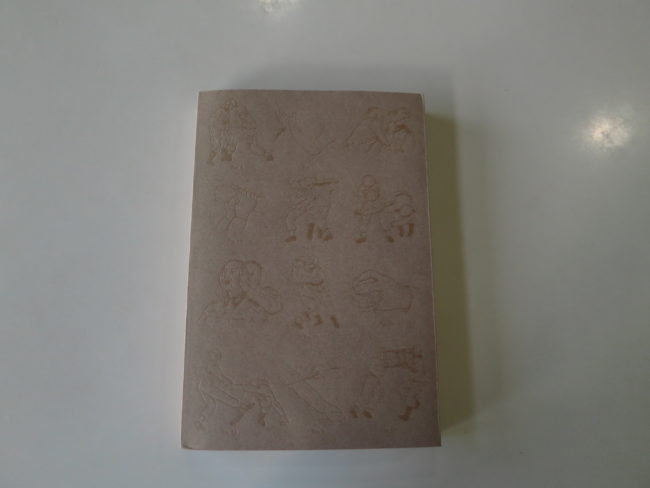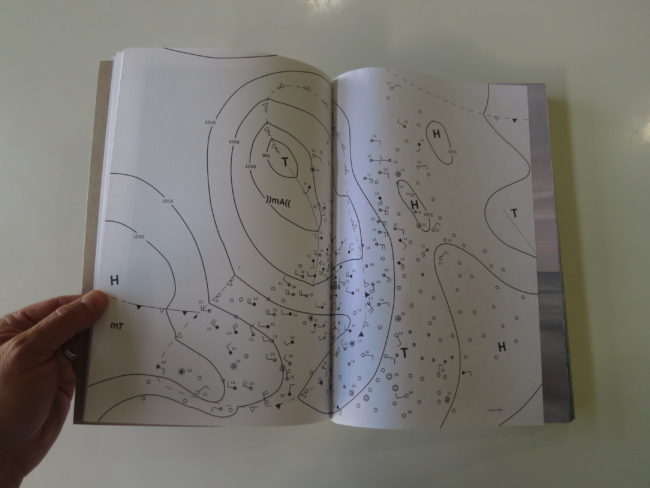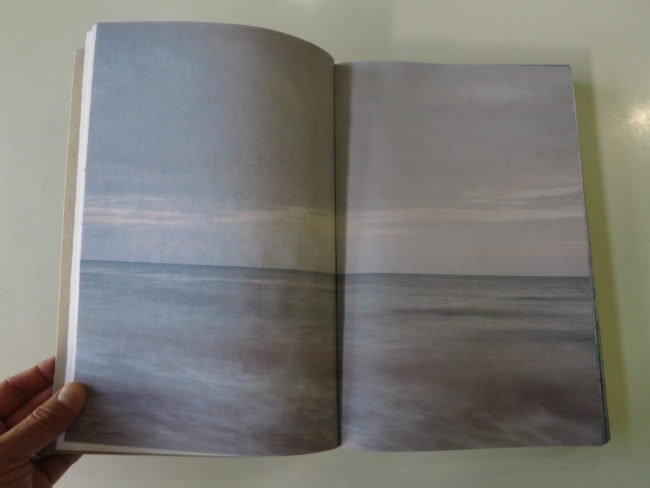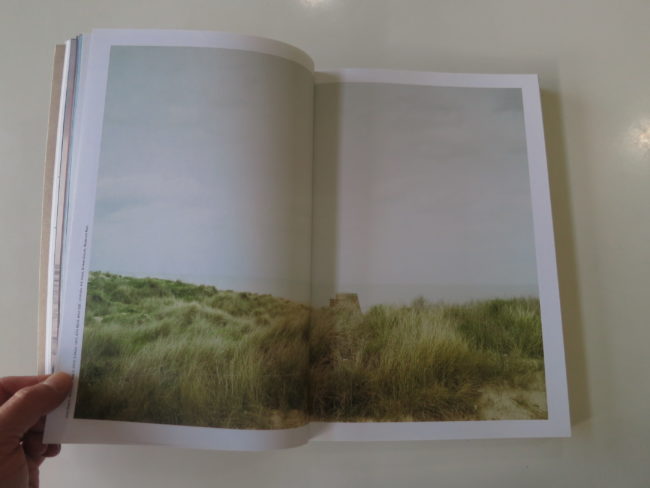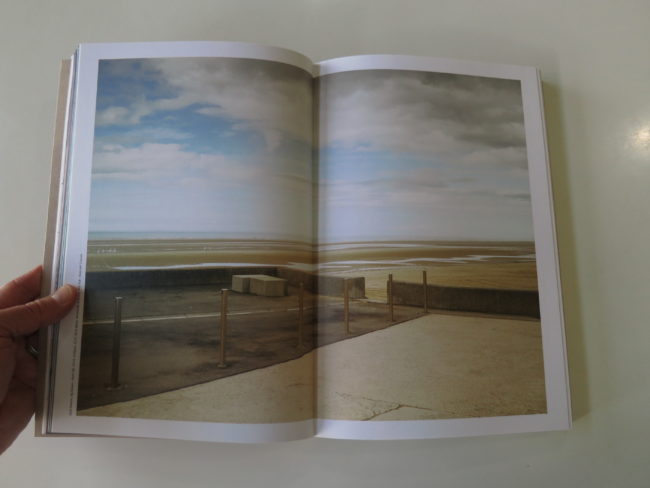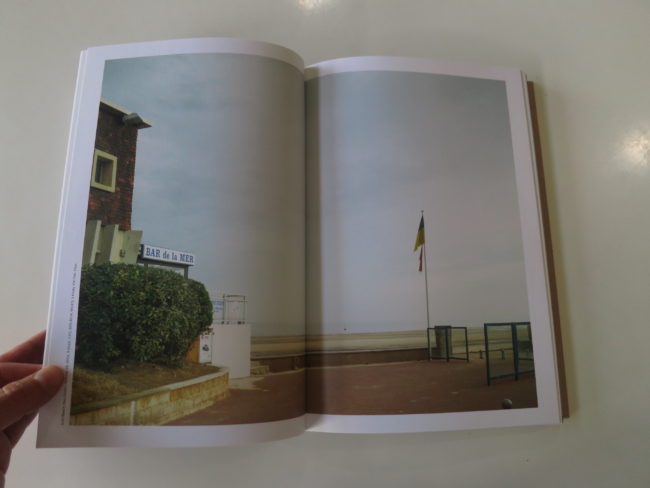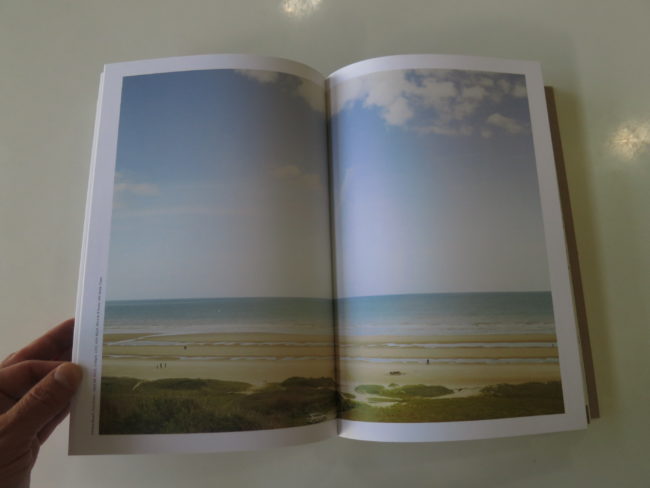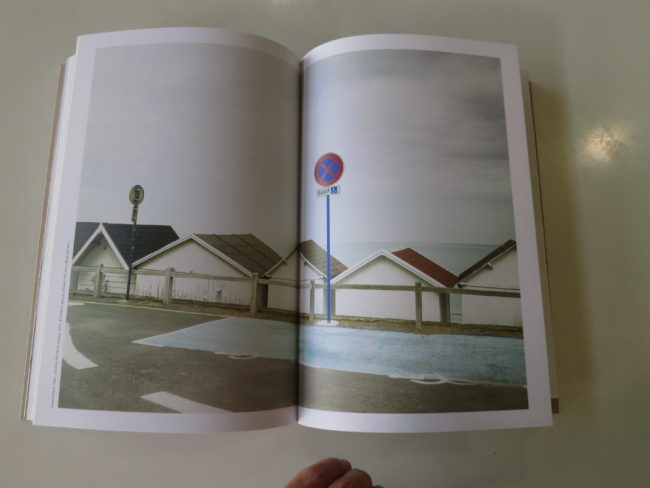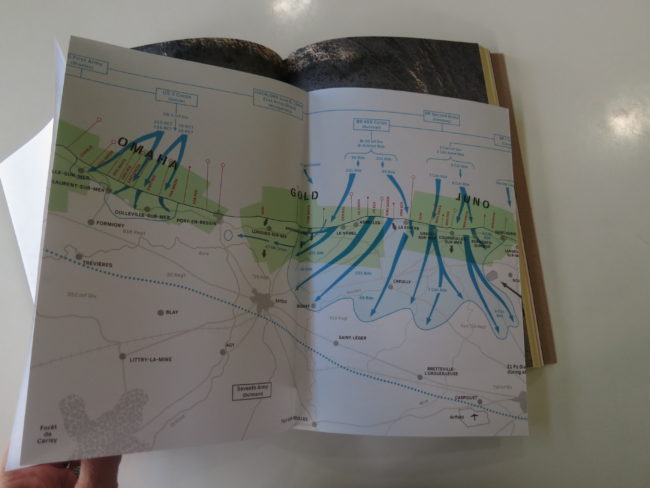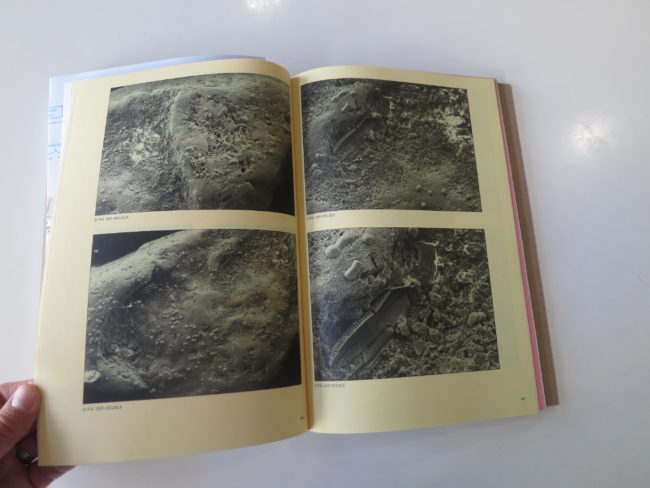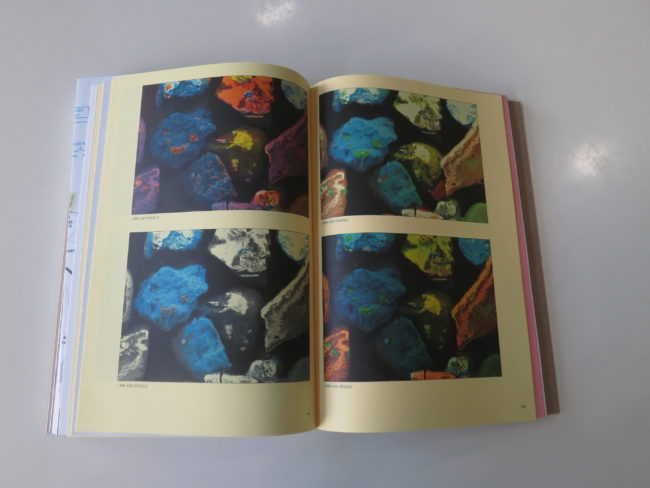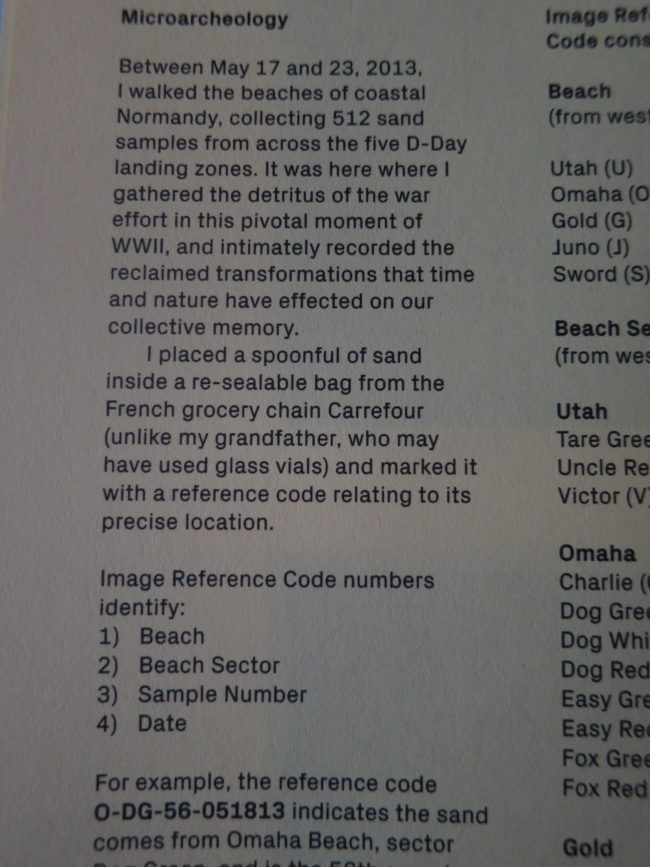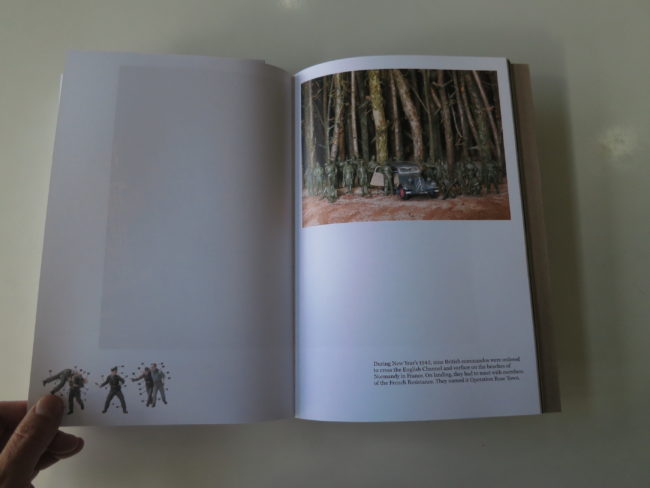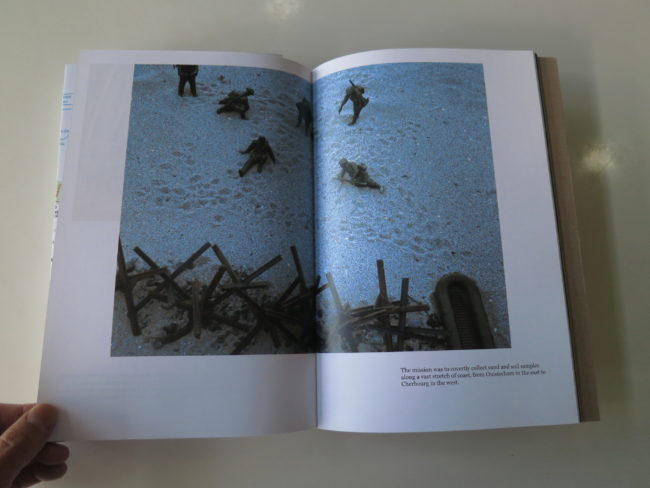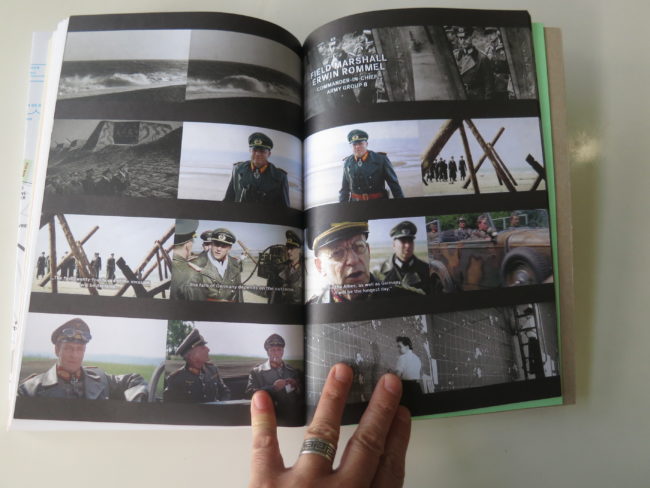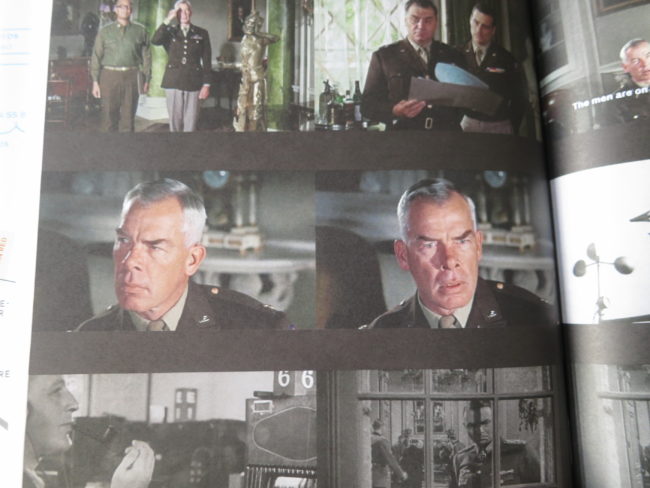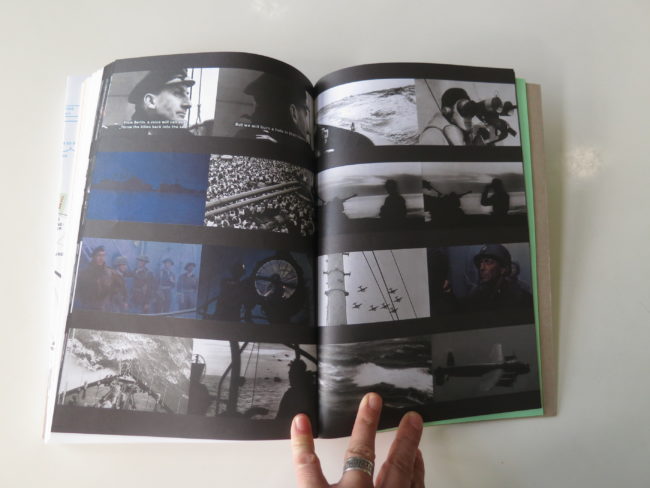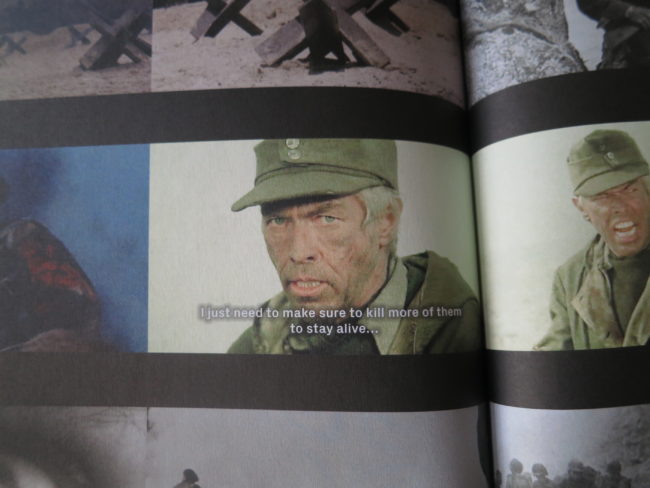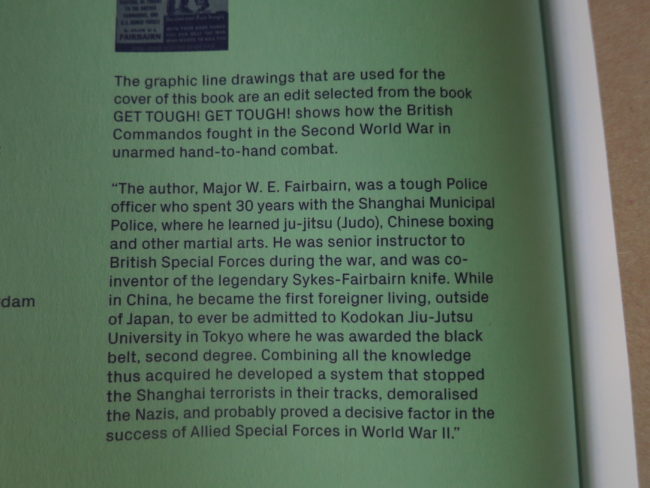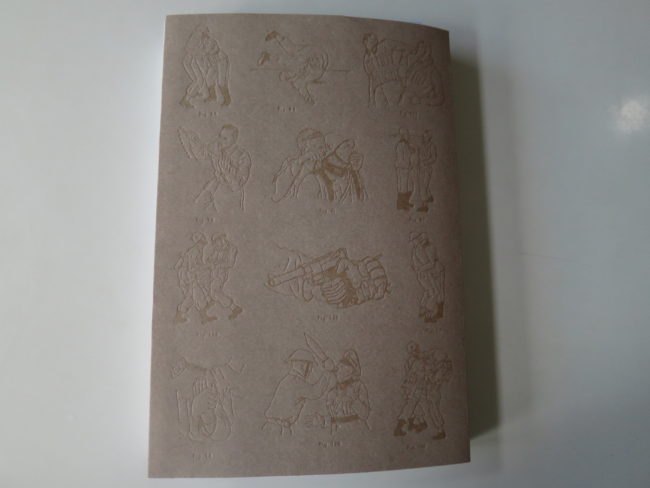Hi everyone.
How’s it going?
Did you miss me?
I took last Friday off, as you may have noticed, as once a year Rob gives me a break from the weekly deadline. This time out, I wisely eschewed email and social media, got in the new family cruiser, and headed North with the wife and kids to Colorado for a little R&R.
Or that was the plan, at least.
We had a great vacation; maybe the best ever. It was fun, and filled with lots of family QT, (including swimming in pools and springs,) but relaxing it was not.
As it happens, my 10 year old son has become addicted to basketball over the last six months. At first, he was just watching it on TV, LeBron James in particular.
Then, about three months ago, he got interested in playing, and has been insanely obsessed ever since.
It’s all he talks or thinks about, and if he’s not practicing at the court, he’d like to be. (Just so you can visualize, our local hoops are behind the volunteer firehouse, next to an irrigation ditch and a goat/sheep pen.)
Luckily for Theo, there was a great park across from our motel, with a pristine basketball court, and another in the tourist district of the town we visited, so we played there too.
I dragged my tired, 44 year-old-carcass to the court three times a day, including in the blazing Rocky Mountain mid-day sun, to make him happy.
Also, because it seemed karmically appropriate.
I learned about sports from my Dad, and as I’ve written over the years, it has been a massive passion since childhood. I played three sports growing up, (one per season, including basketball,) and watched endlessly on TV. (Which I still do.)
I even blog about my favorite soccer club, Arsenal, FOR FREE, because it’s so much fun to be a sports writer, like the guys I read growing up. (Shout out to Joe Adelizzi of the Asbury Park Press.)
Lately, though, (Sorry, Theo,) the addiction seems a bit much. I mean, I’m 99.9% supportive of the new habit, but .01% of me finds it obnoxious as hell. “Take it down, a notch, bro,” thinks that tiny part of me.
But of course, so often in life, the things that annoy us in others are the things we don’t like about ourselves. I actually had someone complain to me recently about another person’s behavior, when this person had done the exact same things to me.
(Self-aware, he was not.)
With Theo, I feel deep pride, all the time, watching him grow and compete. He played his first five-on-five pickup game one evening, and got up in the face of the biggest, most-talented 15 year old in the park. (Ballsy, if unwise.)
Seeing behavior play out over the next generation, and then wondering if I don’t need to amend my own personality a bit, is one of the wonders of parenthood, and of the genetic encoding that underpins it.
How much of who I am is dependent on my Dad, who’s an energetic powerhouse? (To say the least.) Or my maternal grandfather, who defied the odds to be a professional musician for decades?
When I recognize my flaws, how much can I really do to make them better? I’ve always believed self-improvement is possible, (and still do,) but are there some levels of our personalities, some parts of our psyche, that will always lurk below the surface, like a miniature submarine?
I’m wondering, having just spent the better part of the morning with “War Sand,” a fascinating, well-timed, yet genuinely odd publication from Donald Weber, whose brilliant “Interrogations” was reviewed here in the column years ago.
As soon as I plucked this one off the book stack, I was sure I’d be writing my intro about Trump. You know, the whole setting up concentration camps thing. The taking babies from their parents thing.
That one.
As a 4th generation Jewish-American, I grew up hearing stories about the Holocaust, (all the time,) and about the greatness of America, facing down the Nazis and saving the world.
High School and College taught me about our darker history: slavery, the genocide of Native America, Japanese-American Concentration Camps, CIA assassinations.
Things like that.
So as a writer who spent years, in this very space, warning about Trump, and the ideas he represented, I’m obviously disturbed and upset.
Aren’t we all?
But instead, as I started writing about “War Sand,” it was the idea of lineage and legacy that came to the forefront, because it’s at the heart of this book. (If obscured until late.)
“Interrogations” was one of the freakiest books I’ve ever seen, as Weber photographed actual scenes of violence, like a B movie come to life.
I assumed he’s a tough guy with an extreme personality, or rather a personality that doesn’t shy away from the extreme. (Instead, he seems drawn to it.) Ultimately, that unlocks the puzzle this book presents: why it was made, and what ties it all together.
From an opening cover featuring embossed graphics of martial arts, to a set of sky photographs with scientific data and hidden-coded-crossword puzzles, to photographs of the ocean, this book doesn’t explain itself so much as force you to ask questions.
But then you consider the title.
War Sand.
The fighting, the sky, the beach: I think Normandy.
This must be Normandy.
And it is.
Subsequently, we see dry photographs of the landscape as it is now, then a whole section about microscopic and electron microscope images of shrapnel embedded in the “war” sand, followed by a long story, on pink paper, that also features a meta-criticism of itself via footnotes.
By that point, you’re on page 277. (Did I forget to mention this is a dense book?)
Buried in there, in all those competing image styles and different motifs, I found one line. Writing in the first person, Donald Weber says he collected the sand on the beach in a shopping bag, unlike his grandfather, who might have used a glass vial.
It was a small little detail, but it nagged at me, and I almost went to the Goggle. Earlier, one of the text sections had spoken about the team of British commandos who’d snuck into France to steal samples of the sand, so tests could determine if the beaches could handle heavy equipment during the D-Day invasion.
Unlike his grandfather?
What did it mean?
After the pink-paper-essay, we see a new section, in which toy photographs narrate the story of the commandos, which did, in fact, include Donald Weber’s grandfather.
What was only hinted at earlier is told explicitly, and even that isn’t the end of the weirdness. After that section, we finish with a montage of images of actors in movies about D-Day, including the obvious, (Lee Marvin, James Coburn,) and the less-expected. (Tom Selleck? Robert Duval as a Nazi?)
So odd. Especially as all these styles, or mini-series really, are mashed up in one book. (Which then ends with an index, and a story about the Englishman who learned Jiu Jitsu and Kung Fu in China and then taught it to the entire Allied army.)
This book reminds me a bit of Debi Cornwall’s “Welcome to Camp America,” or Laia Abril’s “On Abortion,” as that style of mixing up disparate image groups to tell a larger story is en vogue at the moment.
I think the technique is effective, insofar as it keeps people from getting bored, or tuning out. It keeps them guessing too, and allows for the rhythm of different chapters. And “War Sand,” a book about what happened the last time the world faced a run of right-wing extremism, (Germany, Italy, & Japan back then,) could not be more topical.
It’s methodical as it forces us to contemplate where all of “this” might be headed, by facing the nasty past. (And with the shrapnel-sand, how the past still exists in the present.)
Books like this inform, using visual language, which is why they’re popular. But for me to be completely, totally entranced, I like art to get under my skin emotionally as well.
Bottom Line: Fascinating, multivalent look at D-day, and a photographer’s legacy
To purchase “War Sand” click here
If you’d like to submit a book for potential review, please email me at jonathanblaustein@gmail.com. We are particularly interested in submissions from female photographers, in order to maintain a balanced program.
